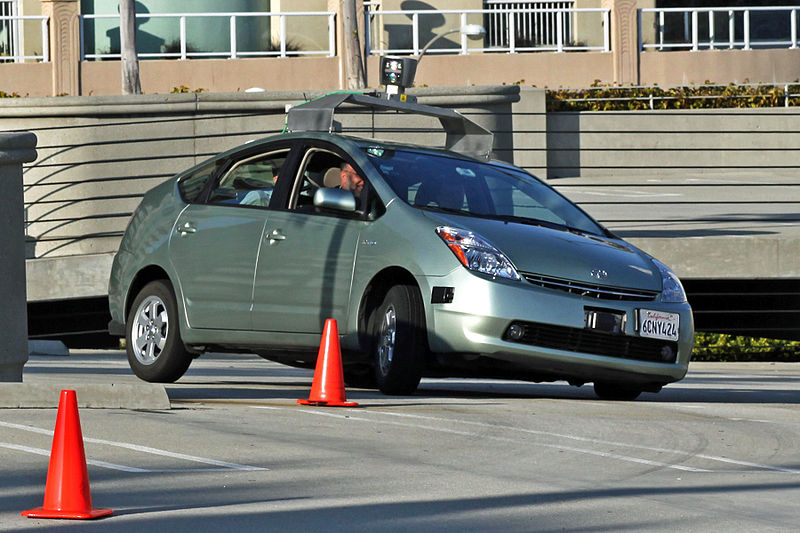Rain or shine, self-driving cars will need to be able to, well, drive. This is the problem Microsoft has been tackling of late in attempting to simulate how automated vehicles will react during extreme weather events.
Cyclones, hurricanes and thunderstorms may be rare but pack a punch upon arrival – and they are certainly important weather conditions for automated vehicles to be programed for. However, developing accurate and robust algorithms for self-driving cars requires data from more than 10 billions hours of recording driver time.
As this is a huge demand of computational power and data, Microsoft has found a more efficient way to prepare the software for the real-world and its wild weather.
The solution applies to Cognata, a startup that has developed a city-wide simulation for autonomous car software to use, including all the important details from buildings and roads to traffic signs and trees.
Simulating driving event data on the platform, however, required heavy computing resources. This is where Microsoft decided to find a better methodology in creating on-demand simulations on its cloud-computing platform Azure.
The software giant teamed up with Jenkins and Terraform to apply “infrastructure as code” theory to the problem. This is the process of managing and provisioning computer data centers through machine-readable definition files instead of physical hardware.
In its simplest form, author Tomer Rosenthal of Microsoft’s Developer Blog explained that the united team found a solution which enables the Cognata platform to dynamically scale graphics processing resources for their simulations, thus making it easier to serve customers while saving significant costs in computing resources.
While this news is likely more to the delight of tech-heads than motor-heads, there is no doubt the passengers of self-driving cars in the future will appreciate the work done by Microsoft and company when a storm passes over their automated automobile.
Even better: Microsoft’s joint solution is adaptable to any workload which requires Azure resources using Terraform and the Jenkins DevOps process.





